The key turns slowly, “click!” the door unlocks. Fido’s ears prick, and he comes racing down the stairs. As you quickly push through the door, slamming it closed behind you, Fido rushes over, nearly knocking you to the floor. You’re now pinned against the door as Fido bounces up to “say hello”. You squeeze past all the friendly licks and paw-slaps and begin to spin in circles “Down Fido, NO, down. Sit!, Sit!”. Understandably, all Fido hears is, “Oh my! Fido Jump! Yay! It’s play time!” and Fido acts accordingly, bouncing again and again and again right off his back legs like a kangaroo. And then this happens day after day, after day after day.
Or.
You pull on your boots, dog leash in hand. Fido jumps up to your face and gives you a big “kiss” on the cheek. You attach the lead and brace yourself for today’s human walk – I mean, dog walk.
As the door opens, Fido pushes through the tiniest gap and pulls you to the letterbox to sniff the post with you hanging onto the end of the lead only just managing to close the door behind you. Before continuing down the street, you wrap the lead around your waist and put all your weight back in preparation for the zig-zagging from dog to tree to dog to human. Fido’s front legs dangle freely in the air as he pushes forward with all the strength he has from his hind legs. Fido is now basically up-right walking while dragging you to meet everyone and everything in sight.
These are two very real, very common scenarios that can (and do) lead to serious muscle and joint dysfunction and are one of the most significant causes of ruptured Cranial Cruciate Ligaments (CCL) and Luxating Patella in dogs.
These unnatural movements, when performed without conditioning and with too many repetitions (like with Repeat Strain Injuries), can cause muscle fibre adhesions, tightness and tearing, which leads to compensatory patterns as the body tries to complete the repetitive exercise in a different way so as to avoid pain or injury. This effectively leads to conditions such as muscle Atrophy or wastage and, eventually, ruptured CCL’s, lameness, inflammation, pain and loss of range of motion.
IT AFFECTS THE SKELETON.
Muscles move the skeleton; therefore, dysfunction in the muscles can change the skeleton, especially before three years of age. So, if these behaviours are caught early enough in the puppy, there is a very good chance no skeletal damage will occur and muscle rehabilitation and re-patterning can begin.
If you have noticed any excessive behaviours with your dog, it’s a good idea to ensure your dog has not developed any skeletal issues by consulting with your Veterinarian. If there is nothing wrong with your dog’s skeletal structure and they are clinically “well”, you can move on to muscle rehabilitation (if needed) through the use of a Canine Myotherapist and/or Physiotherapist.
While excessive lead pulling and jumping can cause body imbalance, injury and muscle dysfunction in any dog, some individuals are more susceptible. This is where your dog’s breed, and their conformation come into play.
RECOGNISE THE FAULTS
Within the science of Biology (and many other sciences), we must be able to recognise what is “normal” and what is not. Generally, we are guided by nature as to what is considered normal for a particular species.
Since humans have selectively bred companion dogs for thousands of years, we have a huge variety of breeds within one species. While some breeds look far from what their original ancestors looked like, we still have lots of information on what musculoskeletal formation would constitute a properly functioning body.
Unfortunately, many dogs have bad conformation, that is, bad bone structure, due to poor breeding practices and, sometimes, due to poor breed standard guidelines—for example, the structure of a Dachshund. A properly bred Dachshund, despite its long spine, should still be structurally sound; however, they will come with limitations that can negatively impact their bodies if not respected. We must be aware of their capabilities and areas of weakness that may need more thought and care in comparison to other breeds, whether their conformation is considered correct or not.
There are many breeds that exist with conformational challenges and live healthy lives. It is our responsibility, should we own a dog with poor conformation or predisposition to injuries, to care for them as they are.
Generally, a poorly bred dog is characterised as having an unbalanced body, poor temperament, poor bone structure and predisposition to injury or illness.
If you can learn to recognise the “correct” conformation of your dog’s breed, plus what they were bred to do, you will be able to recognise faults more easily and avoid contributing to muscle dysfunction – all without needing to know any technical aspects. Taking our Dachsund example from before, these dogs were bred for hunting badgers. They would chase a badger into their burrow and be able to reach them while keeping their back legs out of the burrow so they can pull themselves out. These are strong little dogs, but they are not particularly agile.
If you’re not sure if your dog has good or bad conformation, speak to a pet professional to have them assessed.
As we spend more and more time with our dogs, we can begin to understand what they do on a daily basis. Behaviours that are out of character can and should be noted and investigated.
- Your dog normally loves going for a walk but isn’t feeling like it today.
- Your dog loves to go in the car, but lately, it has become reluctant to do so.
- Your dog doesn’t “like” to play fetch anymore.
- Your dog is constantly licking a particular leg.
- Your dog avoids the stairs and will walk all the way around to the laundry door to get inside.
These seemingly small changes in behaviour can signify a potential injury and/or pain. It’s highly unlikely for a dog that loves playing frisbee to suddenly not want to play frisbee. This is typically a sign that something is wrong. If you can’t think of any reason why your dog feels less like themselves, consult a Veterinarian to rule out injury or illness. If they are clinically well, it might be a good idea to have their bodies assessed by a Myotherapist or Physiotherapist who can rule out any tightness or muscle dysfunction. Always remember it is the muscles that move the skeleton.
FIXING “KANGAROO BOUNCING” BODIES
Once you’ve recognised this bad habit, the most optimal thing you can do is stop it from happening altogether. If that’s not possible, for whatever reason, you must limit the behaviour as much as you can. I highly recommend consulting a balanced dog trainer if you’re unable to stop kangaroo bouncing yourself.
Firstly, what’s happening, and why is it bad? I know your dog might look excited to see you or excited to go for a walk, etc., and that’s great! However, this constant bouncing action puts a lot of unnatural strain on your dog’s joints, fatigues their hindquarter muscles, and it can cause injury if the dog continues to push through the behaviour despite fatigue, minor muscle tears, and tightness.
I know what you’re thinking, “Won’t my dog stop if they’re in pain?”. The answer is not necessarily. Companion dogs are naturally excitable, enthusiastic and generally willing to please. It’s part of their domestication and selective breeding. It’s not uncommon for your dog to chase a ball despite a sore paw or climb up the stairs to sleep on your bed even if they have a “bad back”. Dogs are hard-wired to survive and to keep pushing through the pain to do whatever they need or want to do in daily life.
For this reason, we must put constraints in place to support our dogs as needed. This is our role as their owners/guardians—or whatever word you want to use.
SIGNS OF MUSCLE DYSFUNCTION
Spotting muscle dysfunction requires a trained eye, but dog owners like yourself know their dogs like the back of their hands and changes in behaviour are generally easy to spot. You can use these changes in behaviour as a guide to tell you when to ask for help from a professional. Are they lame (limping), have unusual walking patterns, are reluctant to jump or are their legs twisting too much when they walk? Perhaps they find it difficult to get up from lying down or are reluctant to chase their favourite toy.
If you notice anything at all, get it checked. The sooner dysfunction is noticed, generally, the less severe it is, and the shorter the treatment procedure may be, meaning less downtime for you and your dog.
If you’re unsure, you can use Myotherapy as part of your dog’s wellness plan by checking in with a Myotherapist once or twice a year. They can not only help diagnose muscle dysfunction but can help advise on appropriate exercise and activities for your dog.
THE TREATMENT PROCEDURE
If any muscle dysfunction has been detected, the treatment under a Myotherapists guidance usually involves the following:
- Thorough assessment of gait and soft tissue
- Remedial Massage
- Targeted Physio-therapeutic Exercises
Thorough Assessment
The gait analysis involves inspecting the way your dog’s body moves, typically assessed at a walking speed, to better visualise joint articulation. This aspect allows the therapist to identify where there may be some dysfunction.
Next, the therapist assesses the musculature via palpation of the dog’s body. This allows the therapist to feel areas of tightness, if a joint is restricted, muscle adhesions, inflammation and so on. This gives the therapist a full picture of the potential dysfunction.
Remedial Massage
With the information gathered from the assessment, the therapist now knows exactly what areas to target during the massage. It is imperative that the dog’s body is loosened and supple before doing any therapeutic exercise to avoid injury or exacerbating any muscle dysfunction. Massage is often left out of a treatment protocol under the guidance of other professionals, but it can be one of the most important aspects.
Physio-therapeutic Exercise
The dog’s body has now been assessed; any underlying dysfunction has been alleviated or (at least) lessened, and now the dog can begin to regain strength, flexibility and practice their proprioception. The exercises are generally easy for the owner and dog to complete together, and the difficulty of the exercises may increase as the dog’s condition improves. The exercises are tailored to the individual dog’s body dysfunction, temperament and capabilities.
Proprioception: Is the awareness your dog has of its body in space. For example, good proprioception would allow your dog to pick up their feet and step over an object, bad proprioception would have your dog tripping and stumbling over things a lot. Often, when dogs are fatigued and/or tight they will lose some proprioception due to the signal from limb to brain taking longer than usual as it struggles to get through the tightened muscle fibres.
KEY TAKEAWAY
Sometimes, we accidentally reinforce behaviours or activities that we think are cute or that we think our dog is enjoying, but these activities and behaviours are not always conducive to good health. Many behaviours companion dogs do are unnatural, such as pacing at the fence, pulling on the lead, chasing a ball 50,000 times, running up and down the stairs and “kangaroo bouncing”. What we don’t realise is how these behaviours can lead to pain and loss of mobility. Excessive movements cause tension, which leads to muscle wastage and weakness, and, eventually, injury. By knowing what activities are normal for our dog’s bodies and how to properly condition them to participate in more grandiose activities like hiking and swimming, we can prevent unnecessary injury and pain in our dogs.
I always try to help those who “kangaroo bounce” because I’ve seen muscle dysfunction slowly happen before my eyes. It could take years before anything noticeable happens, but if you nip it in the bud, unnatural (and even silly) behaviours don’t ever need to be the cause of your dog’s luxating patella or injured hip.
You may like:
Read our latest case study.
Read this if your dog has arthritis.
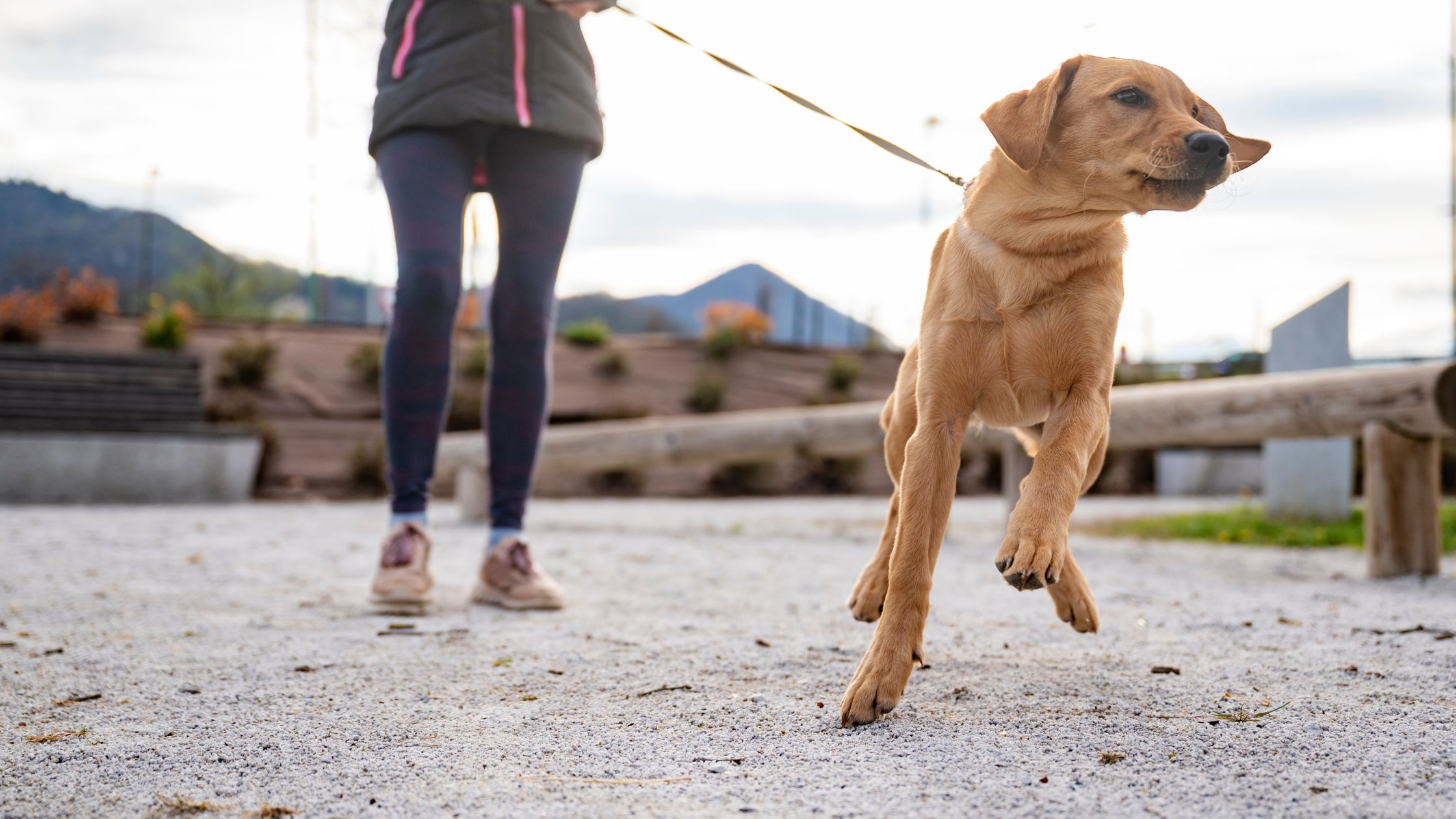
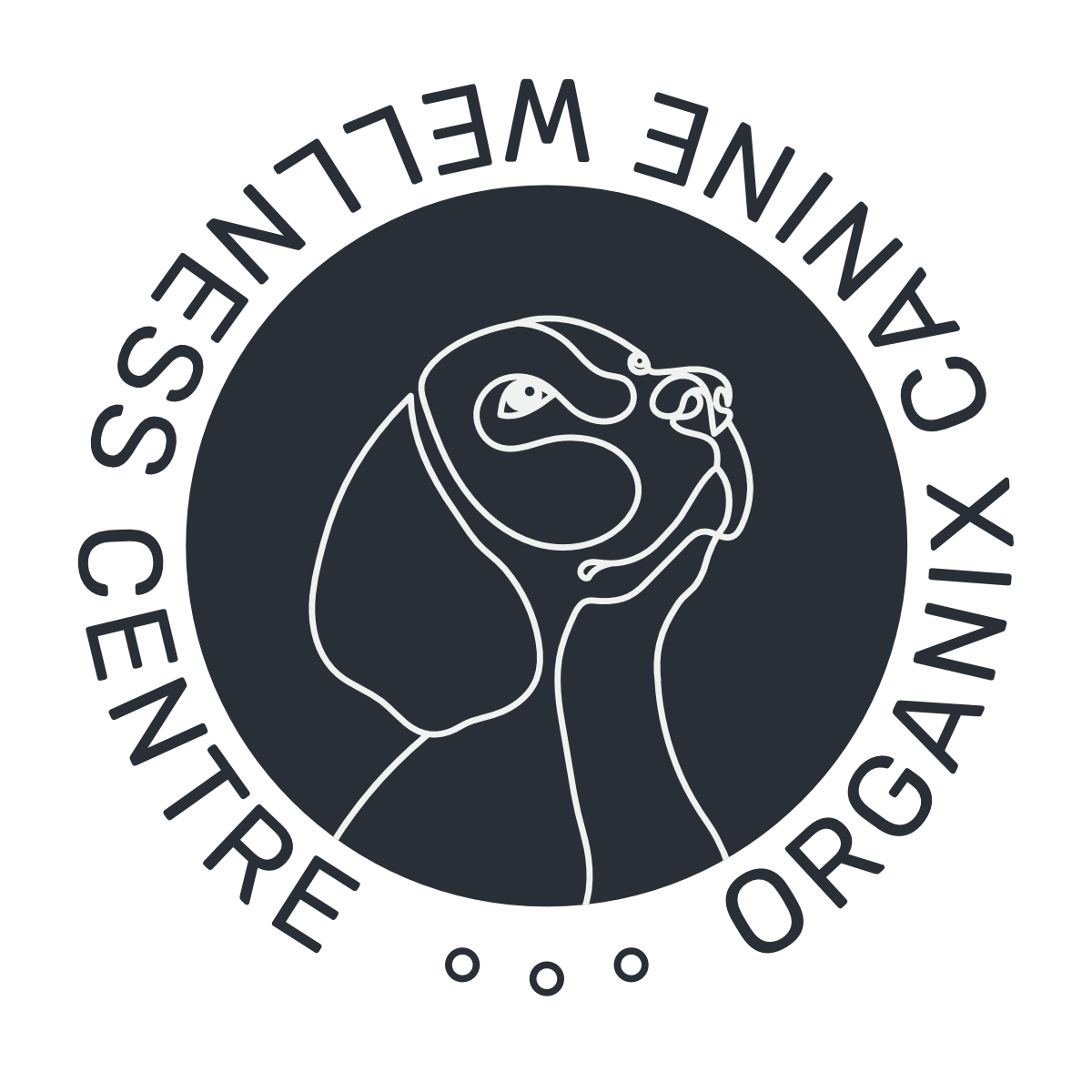
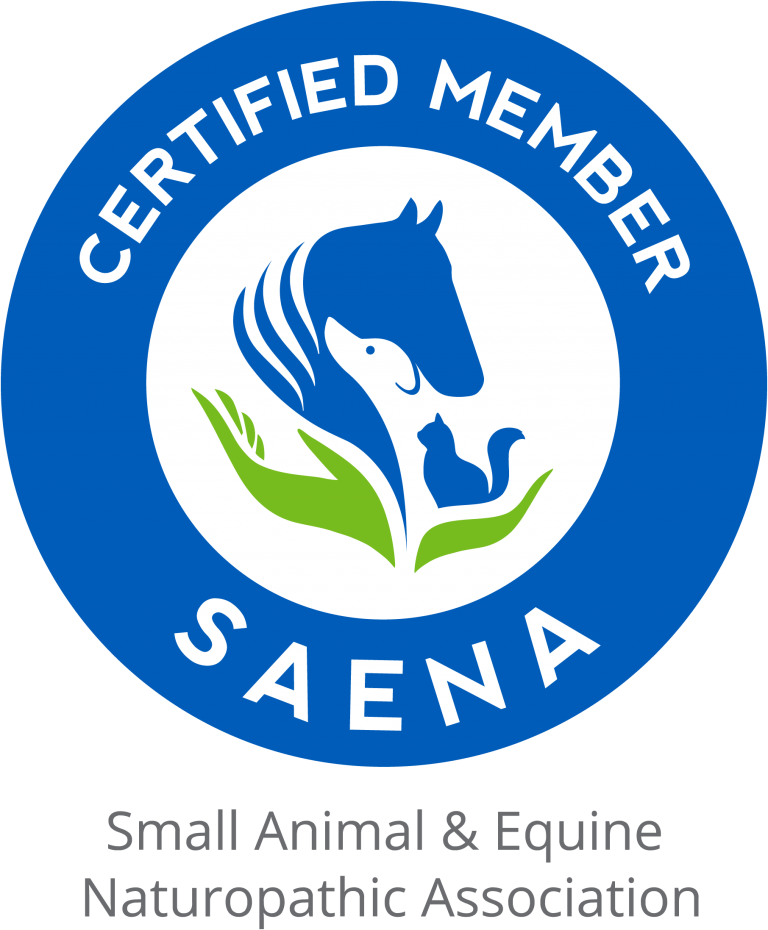
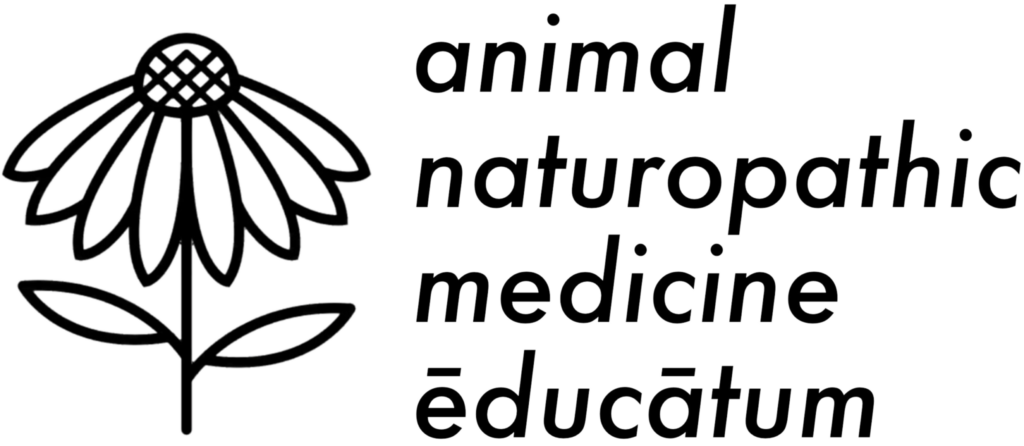
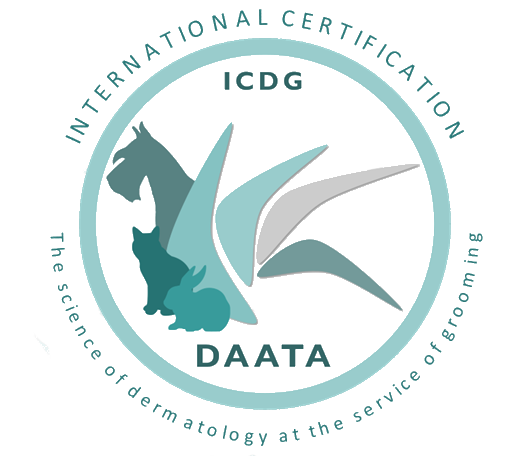
Add your first comment to this post